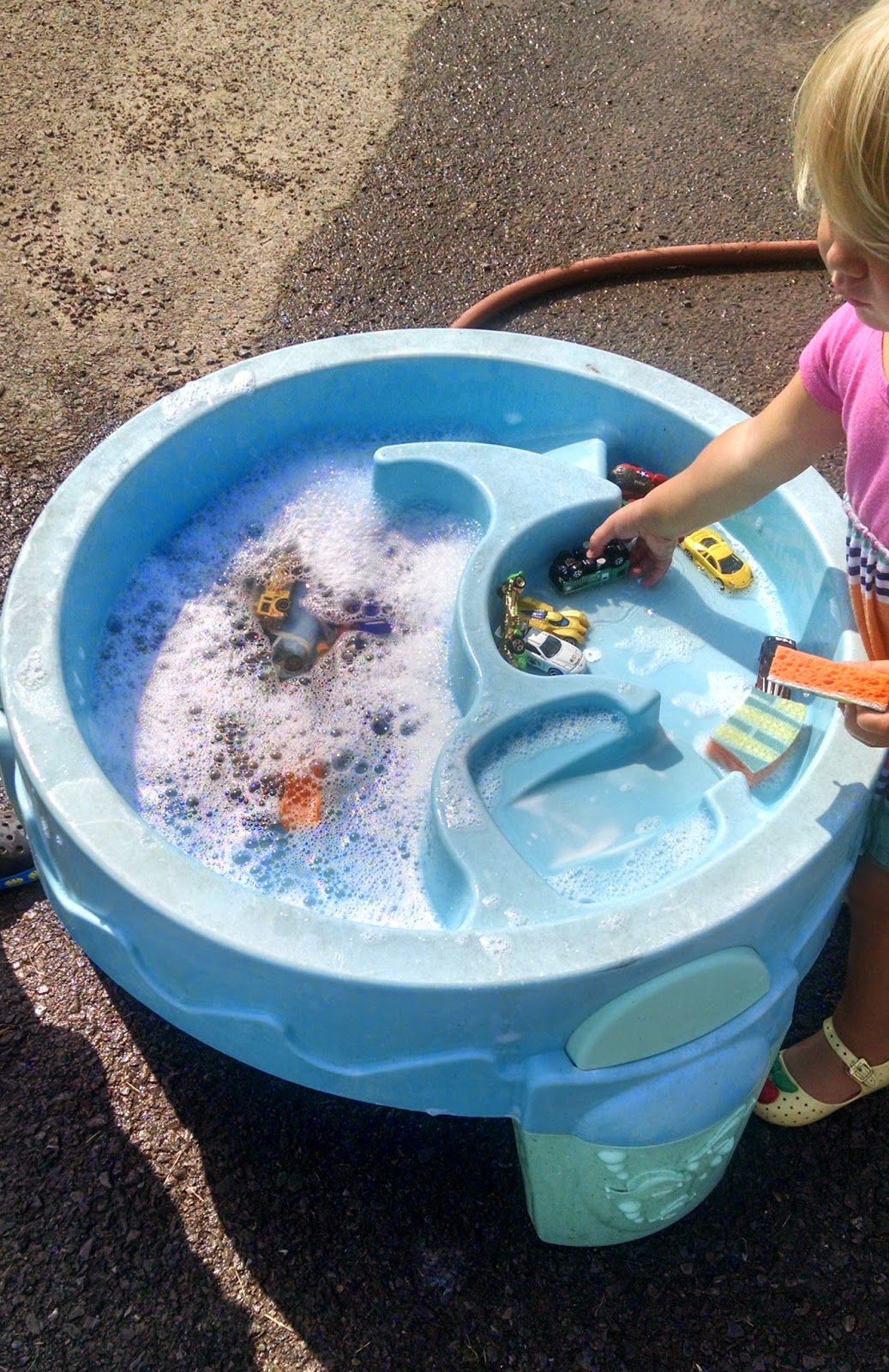Felt sticks to felt.
Using the board, I've designed a bunch of learning games for the children I take care of.
I have opened up an Etsy Shop that can be found here: https://www.etsy.com/shop/AFCShop
Felt Boards are a way for kids to use their creativity while being hands on.
It can help teach color, patterns, math, matching, sorting, etc.
As well as just being a tool for imaginative play.
What do you need to make a felt board?
1. A board
2. Hot glue gun
3. Felt
Board types:
I like to use canvases. They are light but sturdy. At an art supply store, you can get a 16 x 20 in. canvas for under $10.
Other suggestions:
Cork boards
White board
*** A great place to look for an inexpensive board is a thrift store, Salvation Army or Goodwill
*** Most inexpensive option: foam core board
Foam core board can be found at Staples, Target, Wal-Mart, the pharmacy
If you want to get creative, you can get an old picture frame, pop the glass out, cover the back plate with felt and put it back in the frame.
Felt:
Felt runs about $4.99 a yard. (It's often on sale for 40% off at Jo-Ann Fabrics)
Depending on the size of the board you cover, you should only need a 1/2 yard (18 x 45 in)
I recommend using grey, off white, light blue, or camel color for the background.
Making the Felt Board on Foam Core:
- Cut the board to the size you desire. I recommend 16 x 20 inches or larger.
- Lay the felt out on a table.
- Measure an inch wider than the board and cut out felt.
Excuse my horrible drawing...
It'll look like this.
- Glue the sides that have the rectangular edge to the board 1st.
- Glue the sides that have the angled edge, next.
Only squeeze 2 inches of glue out at a time as you go or the glue will dry before you can stick the felt to it.
That's it! You're done!
_______________________________________________________________________________
This is a felt board I made by covering a canvas (16 x 20 in)
Lay the canvas face down on the felt. Measure 1 1/2 in. around the canvas and mark the corners of the canvas with a pencil. (of course you could measure the felt to be 1 1/2 inches wider than the canvas but, for me, it is easier to cut a straight line by using the edge of the canvas as a guide)
Cut the felt to be 1 1/2 inch wider than the canvas.
Using a hot glue gun, glue the felt to the wooden frame of the canvas on the long side of the canvas.
Only glue 2 inches at a time as you go along the edge or the hot glue will dry before you can stick the felt to it.
Only glue 2 inches at a time as you go along the edge or the hot glue will dry before you can stick the felt to it.
The next part doesn't have to be exact.
If you're not fussy- just use the method from the foam core board.
I am really particular about the way the corners look but my method for making the edges doesn't make a lot of sense when I write it out.
I made a cut at each edge of the canvas, the height and the end of the board. I cut off a small rectangle that was over hang so I had a small strip that was the height of the canvas and glued it to the board like the photo above.
I did the same to the other side and then glued the rest of the felt to the frame.
I am really particular about the way the corners look but my method for making the edges doesn't make a lot of sense when I write it out.
I made a cut at each edge of the canvas, the height and the end of the board. I cut off a small rectangle that was over hang so I had a small strip that was the height of the canvas and glued it to the board like the photo above.
I did the same to the other side and then glued the rest of the felt to the frame.
These boards are 16 x 20 inches.
Boards and games are sold here: https://www.etsy.com/shop/AFCShop







































